Water Resources Highlighted in Climate Adaptation Plans
Countries see climate adaptation as a water problem
By Brett Walton
Circle of Blue
Water is more visible at the United Nations climate conference in Paris than in any preceding climate summit.
Public officials are beginning to understand that a warming planet will change the timing and distribution of water supplies. Dry areas will become dustier and wet regions soggier. Downpours and droughts will be more common. New thinking is needed.
Water is entering the climate discussion in Paris in two ways. One is through the climate plans that each country submitted ahead of the conference. These plans, which describe domestic actions to reduce carbon pollution and adapt to climate change, are called “intended nationally determined contributions,” or INDCs.
The second is the Paris Pact, which has been signed by more than 300 national and international organizations from 87 countries. The pact targets climate adaptation at the watershed level and seeks to develop the technical capacity, knowledge, and practices that will buffer society against an uncertain ecological future.
Observers praised the two sets of actions as necessary political step for building resilience.
“So far at the international level we have barely considered water resources in planning for climate change,” Marc Leblanc, a hydrologist at the University of Avignon and coordinator of a UN groundwater assessment program. “Scientists have conducted many diagnostics on the question, but the results from these studies now need to turn into agreements, policies, and implementation strategies at the international level. The Paris Pact is one of the first attempts to address this.”
INDCs Establish National Goals
The French Water Partnership reviewed a 129 INDCs submitted through November 8. (An additional 29 have since been submitted.) Three out of every four INDCs mention the need to adapt to climate change by changing how water resources are managed, used, or developed. Water was the top priority for climate adaptation – higher than agriculture or health — with actions falling within three categories: infrastructure, data collection, and policy changes.
Water adaptation plans are most detailed for countries in Africa, Asia-Pacific region, and Latin America, according to the report. But the depth of the commitments varies.
“The level of detail is very uneven,” Melisa Cran of the French Water Partnership wrote to Circle of Blue in an email. “Some countries precisely detail their actions (for example, Jordan, Moldova, Bolivia, Bangladesh, Morocco, Ivory Coast or Laos), whereas about thirty countries only announce water as a priority area for action without specifying which actions they seek to implement.”
Cran identified Morocco as a country with specific targets. Morocco’s leaders pledged to decrease groundwater use by 85 million cubic meters of water per year and acquire the water from rivers and lakes instead. By 2020, the country will also nearly quadruple the amount of farmland using drip irrigation.
Additional targets come later. By 2030, Morocco wants to build 38 dams, desalinate 285 million cubic meters of drinking water per year, and treat 100 percent of its wastewater.
Other countries acknowledge their vulnerability to climate change but are less forthcoming about how they will adapt. Saudi Arabia’s INDC lists water management as a top priority for both reducing carbon pollution and adapting to a warming planet. The desert country burns a significant portion of its annual oil and natural gas production to distill seawater. It burns fossil fuel resources equal to 1.5 million barrels of oil per day to power desalination facilities that provide a quarter of total water demand. But increasing the water supply in this way also releases a lot of carbon. Saudi Arabia is one of the world’s top per-capita carbon polluters, even ahead of the United States.
“The status quo is not sustainable,” the World Bank noted in a 2012 report on renewable energy and desalination in the Middle East and North Africa. “Reducing the cost of desalination, eliminating its reliance on fossil fuel, and mitigating its environmental impacts are crucial.”
Because of the strong link between water use and energy consumption, Saudi Arabia is pledging to reuse more wastewater and plug leaks in its water distribution system. Altogether, these actions will cut the demand for desalinated water. Saudi Arabia’s INDC, however, does not mention numeric targets for water. Climate Action Tracker, a research group assessing the INDCs, rates Saudi Arabia’s pledge as “inadequate” because its leaders will cut carbon pollution only if oil exports continue to provide strong revenues to its treasury.
Paris Pact a Big Step
While the INDCs emphasize country-level actions, the Paris Pact looks at the watershed.
The pact represents “significant progress” for water, Leblanc said. Signatories will pursue four goals: data collection and research, basin planning, governance, and adequate financing to develop new infrastructure projects and monitoring programs.
International organizations and water management agencies that signed the pact and have promised $US 20 million in technical assistance for planning at the watershed level and up to $US 1 billion in project financing.
Some of the pledges include:
- A seven-year commitment from Jordan, Lebanon, Monaco, Morocco, Spain and Tunisia to assess water resource availability in the Mediterranean region
- A project in Morocco to increase resilience of the agriculture sector through water-saving irrigation practices
- A four-year collaboration in Mexico to improve management of water resources and water services in the Mexico Valley
- A three-year commitment from China to improve management of the Hai River Basin
- The launch of a hydrological and meteorological monitoring program in the Congo Basin of central Africa that will benefit more than 160 million people
Even with the newfound attention, water advocates recognize that pledges mean little unless public officials allocate resources and secure the investments necessary to increase economic and social resilience to climate change.
Funding climate and water adaption, as always, is a sticking point in the Paris talks, according to Todd Stern, the chief U.S. climate negotiator. One of the few agreements to come from the Copenhagen climate summit in 2009 was the establishment of the Green Climate Fund, which is supposed to provide at least $US 100 billion per year in adaptation financing by 2020. So far, the fund has garnered promises of $US 10 billion.
For water, Paris is an important milestone, but the road continues.
Brett writes about agriculture, energy, infrastructure, and the politics and economics of water in the United States. He also writes the Federal Water Tap, Circle of Blue’s weekly digest of U.S. government water news. He is the winner of two Society of Environmental Journalists reporting awards, one of the top honors in American environmental journalism: first place for explanatory reporting for a series on septic system pollution in the United States(2016) and third place for beat reporting in a small market (2014). He received the Sierra Club’s Distinguished Service Award in 2018. Brett lives in Seattle, where he hikes the mountains and bakes pies. Contact Brett Walton

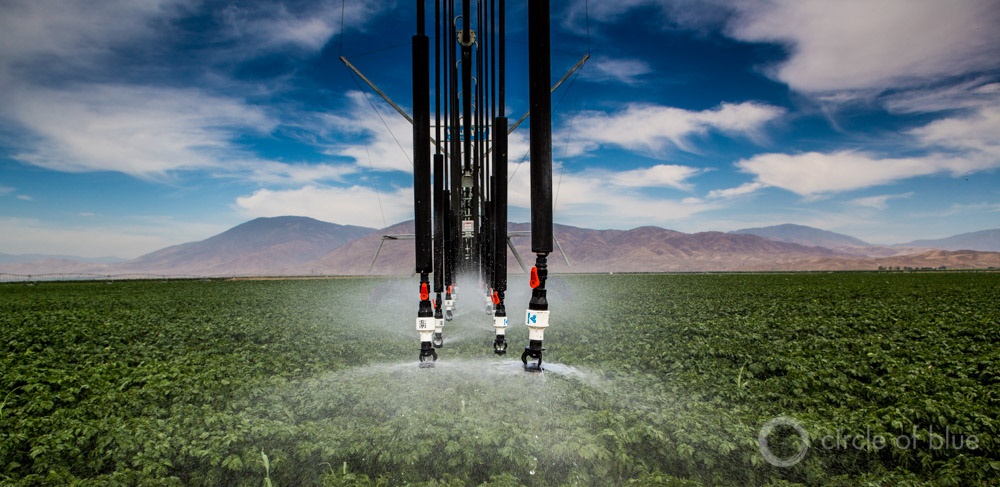
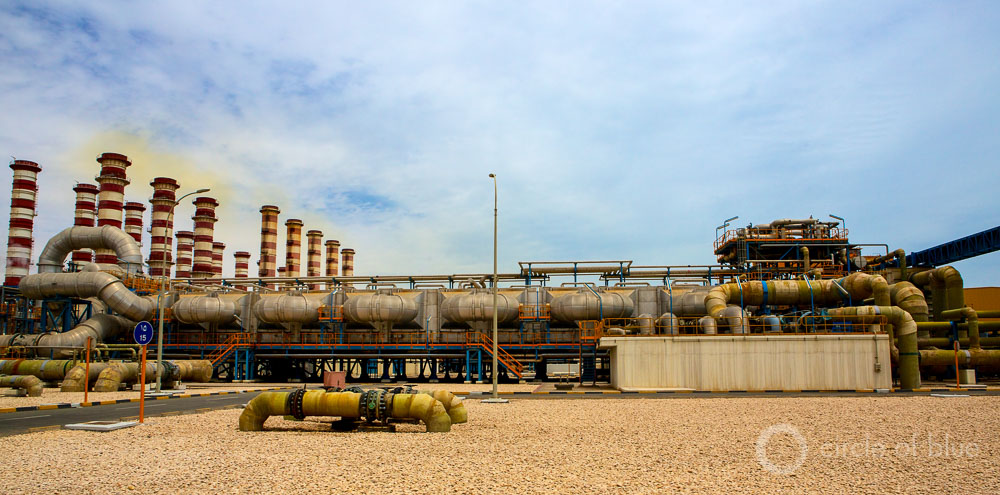

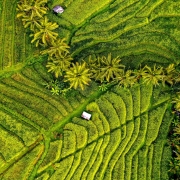

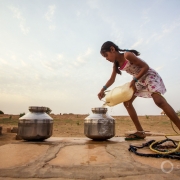

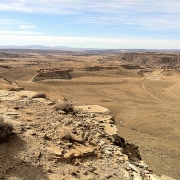
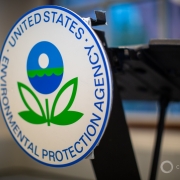

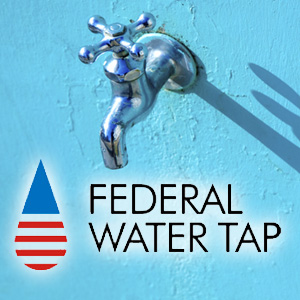

Leave a Reply
Want to join the discussion?Feel free to contribute!